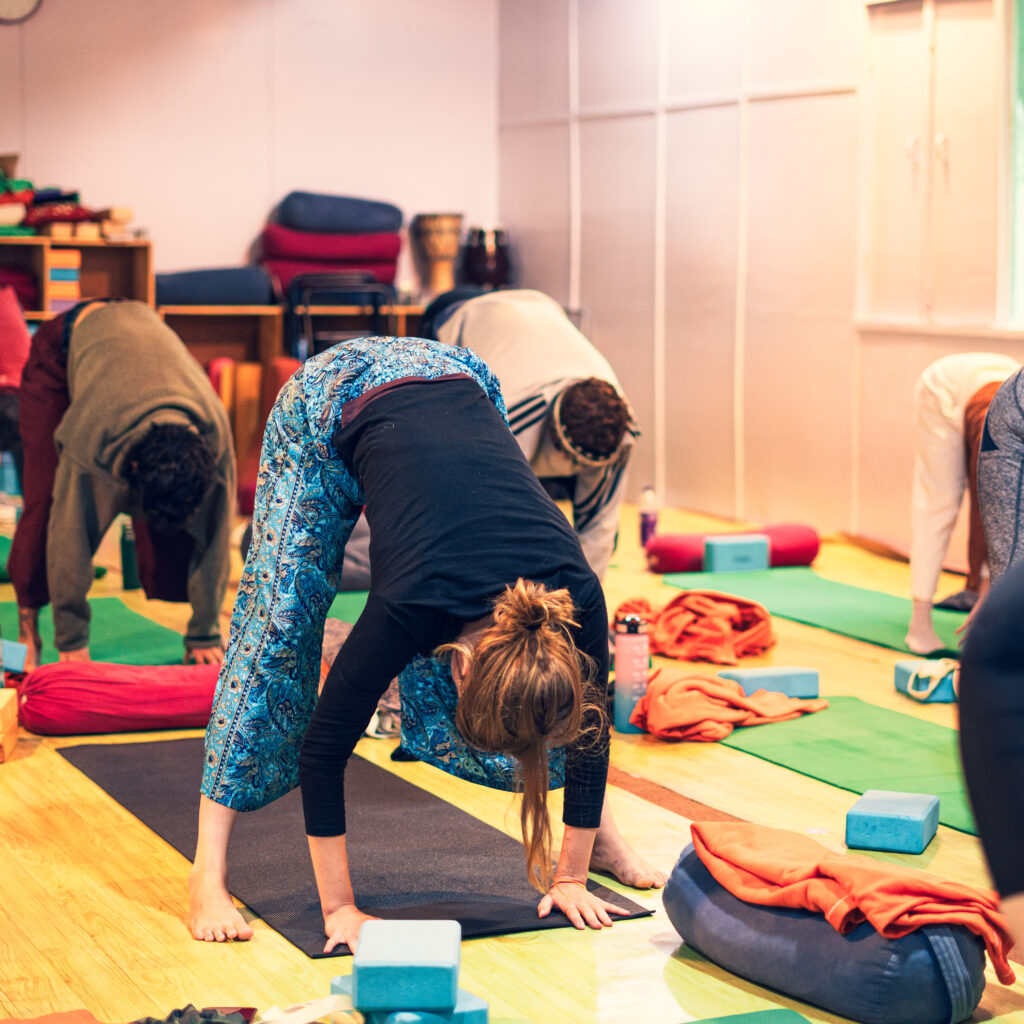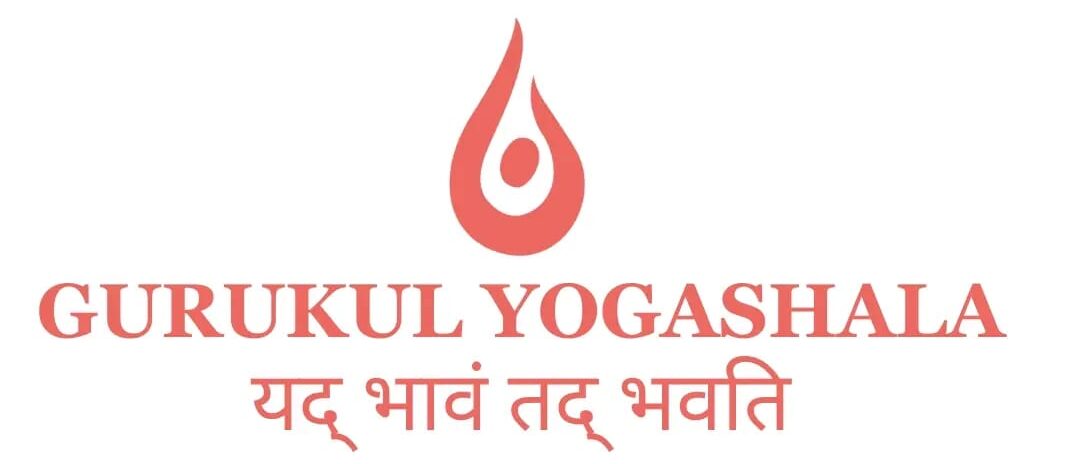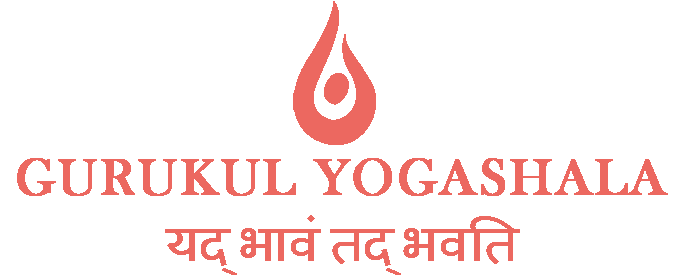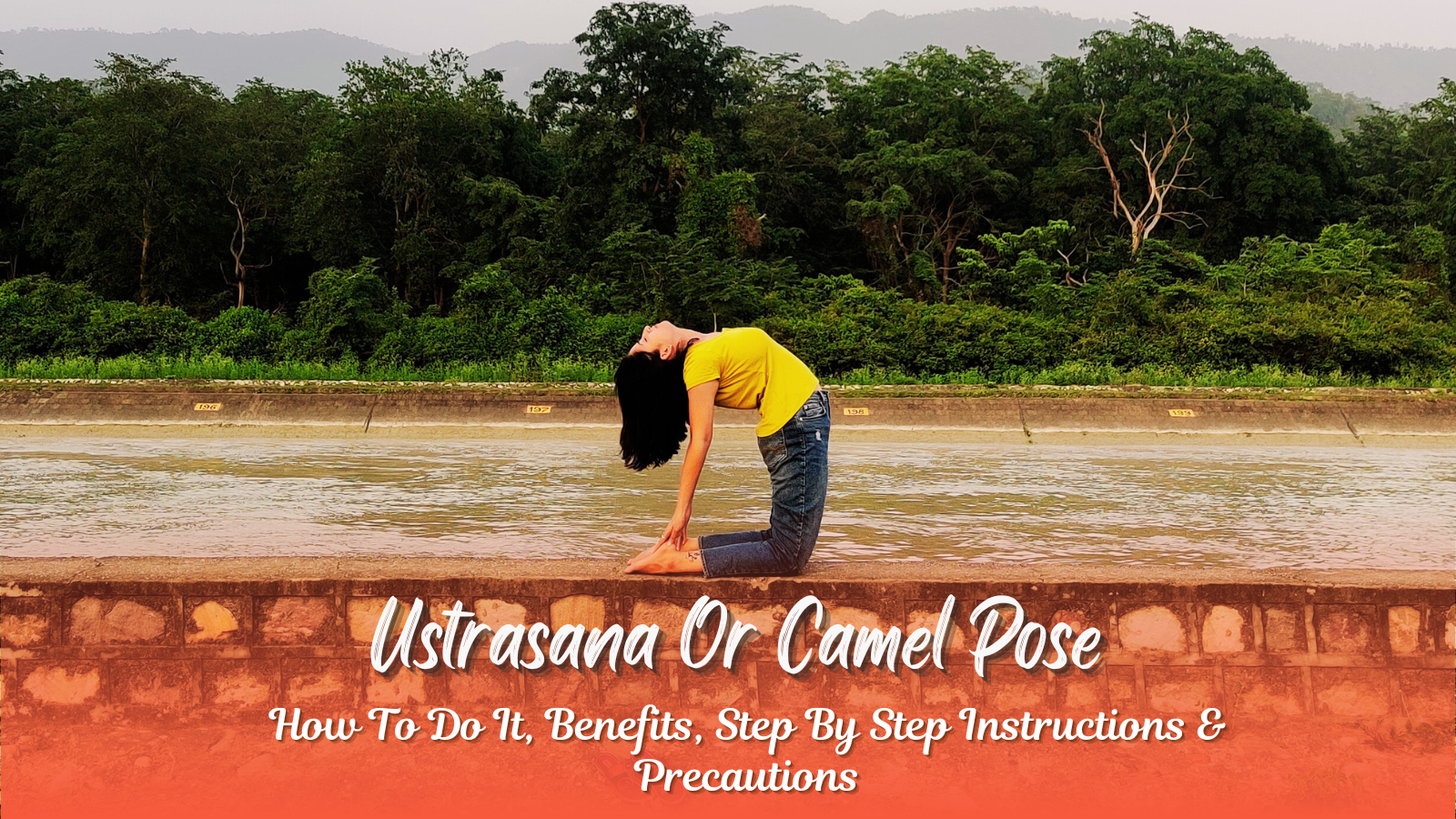Introduction to Ustrasana (Camel Pose)
Ustrasana, commonly known as the Camel Pose, is a deeply rejuvenating yoga posture practiced worldwide for its transformative physical and mental benefits. Derived from the Sanskrit words “ustra” (camel) and “asana” (pose), this backbend resembles the curved shape of a camel’s body.
Practiced in traditional yoga routines and modern wellness programs, Ustrasana strengthens, stretches, and balances the body while calming the mind. Whether you’re a yoga enthusiast or a beginner, understanding what Ustrasana is and its benefits can inspire you to include it in your practice.
Benefits of Ustrasana (Camel Pose)
The Ustrasana benefits extend beyond physical health, promoting mental and emotional well-being. Here’s a detailed look:
- Improves Spine Health
Regular practice of Ustrasana pose strengthens the back and enhances spinal flexibility. It provides relief from tension and reduces back pain by stretching the vertebrae. - Boosts Digestion
The compression in the abdomen during the pose stimulates digestion and massages internal organs, aiding nutrient absorption and relieving constipation. - Opens Chest and Shoulders
Camel Pose Ustrasana counteracts poor posture by opening tight chest muscles and strengthening shoulders, combating the effects of prolonged sitting. - Enhances Flexibility
From the back to the thighs, Ustrasana camel pose stretches major muscle groups, improving mobility and reducing stiffness over time. - Relieves Stress and Anxiety
This backbend activates the energy centers, promoting a sense of calm. Practicing Ustrasana fosters emotional release and helps alleviate stress and fatigue. - Stimulates Endocrine System
The stretch across the throat area impacts the thyroid gland, helping regulate metabolism and hormonal balance.
These benefits make Ustrasana an essential asana in yoga programs like the Best Yoga Teacher Training in Rishikesh, where students learn its techniques and therapeutic uses.
How to Do Ustrasana Step-by-Step
Follow these steps to safely master the Ustrasana pose:
- Start with Preparation
Kneel on a yoga mat with your knees hip-width apart and thighs perpendicular to the floor. Point your toes backward. - Position Hands
Place your hands on your lower back with fingers pointing down. Lengthen your spine as you take a deep breath. - Engage Core
Tuck your tailbone slightly and engage your abdominal muscles to protect your lower back. - Lean Back Gradually
Lift your chest and begin to arch backward gently. Reach one hand at a time to touch your heels. - Achieve the Full Pose
Once comfortable, rest both hands on your heels with fingers pointing toward the toes. Keep your head neutral or gently drop it back if your neck allows. - Hold and Breathe
Stay in the pose for 5–10 breaths, focusing on deep, steady breathing. - Release Safely
Bring your hands back to your hips one at a time. Slowly rise back to a kneeling position, maintaining spinal alignment.

Precautions and Modifications
To practice Ustrasana camel pose safely, consider these tips:
- Warm-Up is Essential
Perform gentle stretches like Bhujangasana (Cobra Pose) before attempting Ustrasana to prepare your spine. - Use Props for Support
Beginners can use blocks under their hands or a strap for stability. - Avoid Overarching
Keep your core engaged to protect the lower back and avoid collapsing into the pose. - Modify for Neck Strain
If dropping the head back feels uncomfortable, keep your gaze forward to reduce strain. - Seek Guidance
If you’re new, practice under the supervision of a certified yoga teacher, especially in structured programs like a 200-hour yoga teacher training course in Rishikesh.
Why Practice Ustrasana in Rishikesh?
Rishikesh, the yoga capital of the world, is an ideal destination to explore the depths of Ustrasana. Joining programs like the 300 Hour Yoga Teacher Training in Rishikesh or the 500 Hour Yoga Teacher Training in Rishikesh provides a supportive environment to master asanas, pranayama, and meditation.
In these training courses, Ustrasana is taught as part of a holistic curriculum, emphasizing its therapeutic and spiritual aspects.
Conclusion
Ustrasana, or Camel Pose, holds transformative potential for those willing to embrace its challenges. From improving flexibility and digestion to relieving stress, its benefits are multifaceted. By incorporating this pose into your practice and seeking guidance from the Best Yoga Teacher Training in Rishikesh, you can unlock physical vitality and mental clarity.
So, roll out your yoga mat, follow the steps, and discover what Ustrasana is and its benefits for yourself. Whether you’re a beginner or advancing your yoga journey, Ustrasana offers a gateway to strength, openness, and inner peace.


